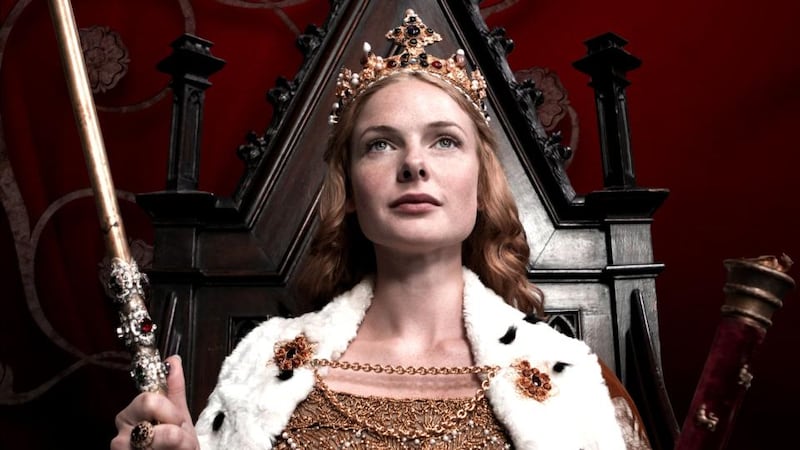The blazing logs in wide hearths; the portraits; the tapestries glowing above the shaded lamps; the vaulting roof-beams and arched, coloured windows; the long table glittering with crystal and silver; and, as a centre-piece, a bowl heaped with pomegranates: it couldn’t be more medieval.
As a setting for a discussion on the truth and lies of historical fiction, Lismore Castle could hardly be more appropriate. It was chosen by Nancy Gerbault, chief executive of Abroad Writers' Conference, an American-based organisation that supports writers living in a country that is not their own. Twice a year, members of Gerbault's high-profile faculty take off to meet other novelists, poets, journalists and scholars, and this month they came to Lismore.
"It's not like any other writing conference the participants ever went to in their lives," says Gerbault. "The faculty members work hard. They give 15 hours of teaching sessions for the week; this time, for example, Jacquelyn Mitchard [author of The Deep End of the Ocean] . . . is giving a full manuscript workshop."


The line-up
Jane Smiley is here, as is Edward Humes, journalist and author, and Sarah Gristwood, whose Blood Sisters is a study of the royal women involved in the War of the Roses. Their students come from everywhere; some submit on their own behalf, others are suggested by publishers, some are from the local creative or academic community.
For Gerbault and her lecturers there is no artistic demarcation separating the academic, the scientific and the creative. Spread through Lismore’s hotels and guest houses, as well as taking rooms in the castle, the various contributors suggest a fruitful mingling of erudition, craft, imagination and experience.
Gerbault is a literary agent, artist and anthropologist, and says that the conference is not genre-directed. “We share the love of writing, of words, of art, of history – and of food. And we laugh a lot. I like to think it comes close to the atmosphere of a salon, almost in the French style.”
The choice of location has a lot to do with it: last year in a French chateau Margaret Drabble and Andrew Motion were joined by Michael Ondaatje.
Others on the faculty list at Lismore are Colum McCann and Junot Díaz, while Cork’s Billy O’Callaghan is on the tutoring schedule.
So much of this is in private that the public might not know much about Abroad Writers were it not for the organisation’s local events.
In Lismore this takes the form of a conference on the theme of historical fact in fiction, versus – well, The Tudors as written for television. Or The White Queen, adapted for television from the novels of Philippa Gregory and here deconstructed by Sarah Gristwood.
Not mad about More
Identifying Thomas More as a historian who could give any tabloid journalist a run for his money, Gristwood makes the point that for many centuries female lives only came into the records when they had done something wrong. "History is full of gaps and silences, and it is into those silences that I jump."
Anthropologist and writer Dr Sue Parman is another jumper whose seminal work with the crofters (farmers on small rented farms) of the Outer Hebrides emphasised the difference between what is accurate and what is relative, while Jane Smiley thinks that the dilemma for writers of historical fiction is that a novel is not satisfying unless it is complete, while a history is not satisfying unless it is true.
It is a wonderful setting: gifted, witty and learned speakers whose path to the Castle Arts Gallery lies through a moonlit courtyard hemmed by towers and steeples, as outbursts of contemporary art compete with cascades of winter jasmine on the walls.
These delights are not cheap: tutorial costs alone vary from $250 to $900. A competitive fellowship scheme provides a chance for more encumbered writers to take part.











